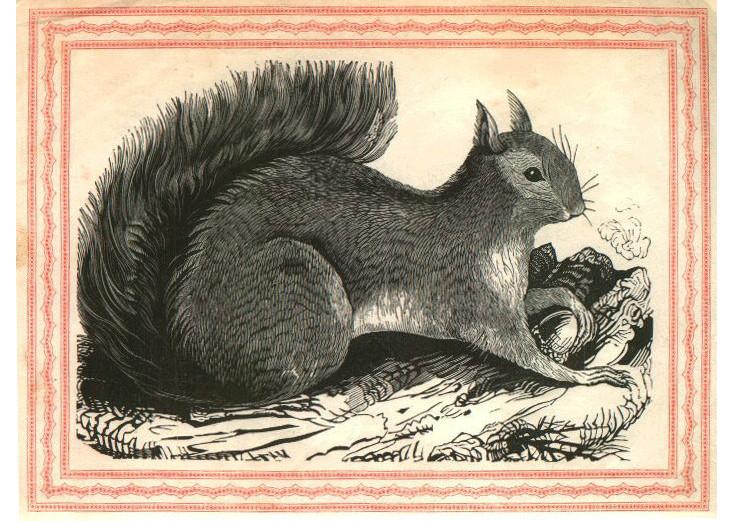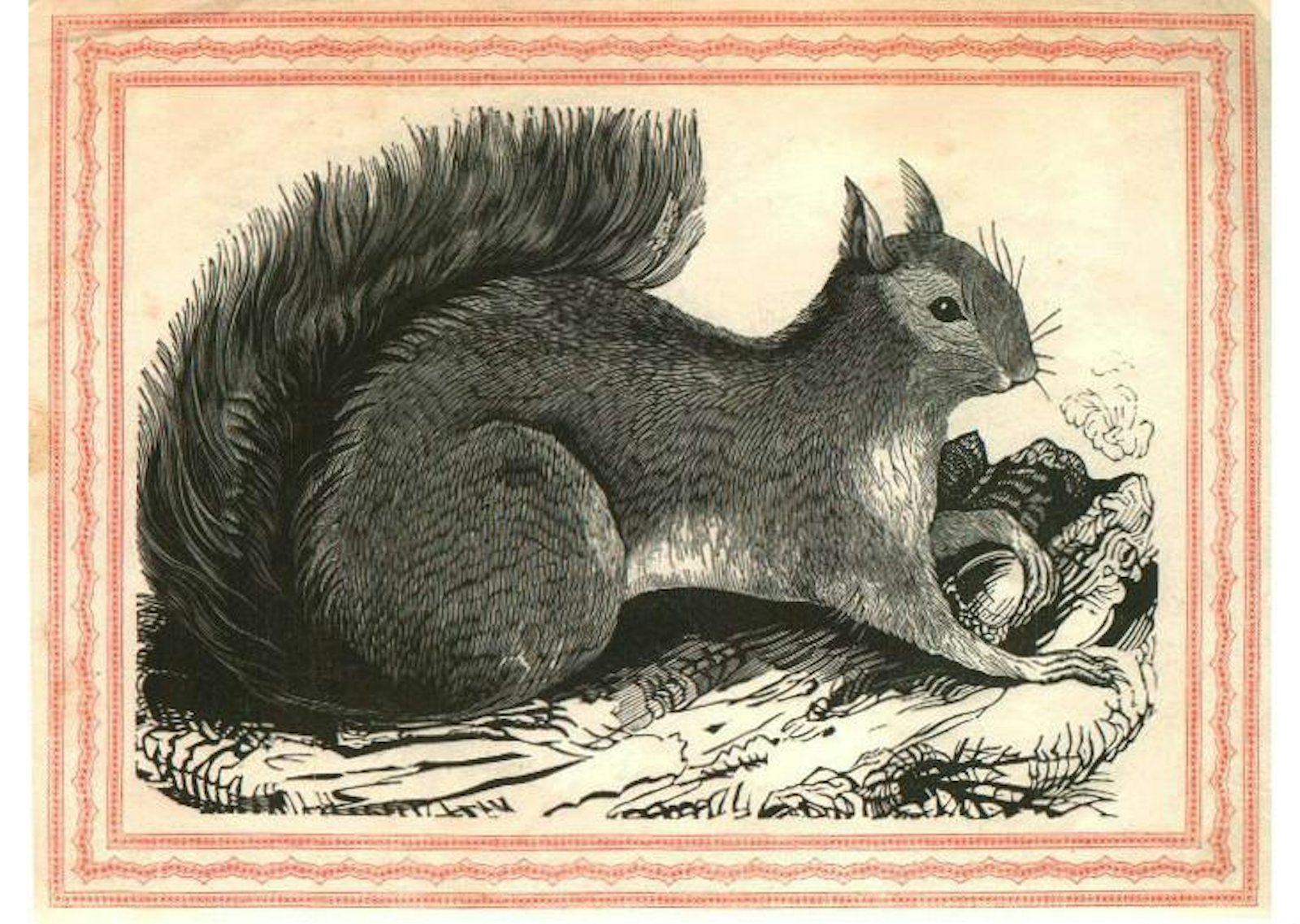
One day in 1856, hundreds of people gathered to gawk at an “unusual visitor” up a tree near New York’s City Hall. The occupant of the tree, according to a contemporary newspaper account, was an escaped pet squirrel, which the police had to be called in to capture.
A squirrel in a tree is not much cause for excitement today. But as historian Etienne Benson writes in a fascinating recent paper, from which this scene is drawn, in 1856 squirrels were a rarity in cities. Long thought of as farm pests and frontiersmans’ game, they were only just beginning to be introduced into the parks of American cities, where humans had made homes for them. They were not urbanites to begin with. We made them that way.
The Boston Common, the New Haven Green, and other public green spaces began to be seeded with gray squirrels between 1840 and 1860. They were given food and nest boxes, all in the name of livening up the parks. “An 1853 article in the Philadelphia press describ[es] the introduction of squirrels, deer, and peacocks as steps toward making public squares into ‘truly delightful resorts, affording the means of increasing enjoyment to the increasing multitudes that throng this metropolis,’” Benson writes.
Humans’ love affair with city squirrels turned out to be a strange rollercoaster, though—an example of what ups and downs can befall a species hitched to our fancy. At first they were cheery additions. People got them to eat out of their hands. Then people began to wonder if they were bothering the birds, thus prompting a burgeoning of the bug population, and they were removed or died out. By the 1870s they had been brought back, in tandem with trends in landscape architecture that encouraged natural-looking parks. Central Park, one of the gems of this movement, has had a population of gray squirrels in it since 1877, just a few years after its completion, Benson writes. Depending on who you talk to today, city squirrels are adorable window-dressing or grimy pests. But one thing is clear: From the parks, they infiltrated city neighborhoods and backyards, becoming a more-or-less welcome—and, seemingly, permanent—part of the human environment.
As more and more of the world becomes human-used space that other animals camp out in, by invitation or against our will, ecologists are studying modern populations like the historic ones Benson writes about. The discipline is called urban ecology, and you can spy some of its practitioners on median strips in New York City, carefully sucking up ants through a straw to track how their populations change. Some of them specialize in city squirrels. Cats, rats, pigeons, and even crickets that live in basements have all got their scientific fan clubs, avidly looking at what we’ve wrought. If you’re interested in getting a real-time sense of what future historians may write about today’s urban animals, you may want to look into this study of the creatures who make their homes within ours. It’s a reminder that real ecosystems do arise from what humans wrought purely in the spirit of beautification.
Veronique Greenwood is a former staff writer at DISCOVER magazine. Her work has appeared in Scientific American, Popular Science, and the sites of Time, The Atlantic, and The New Yorker. Follow her on Twitter here.






























